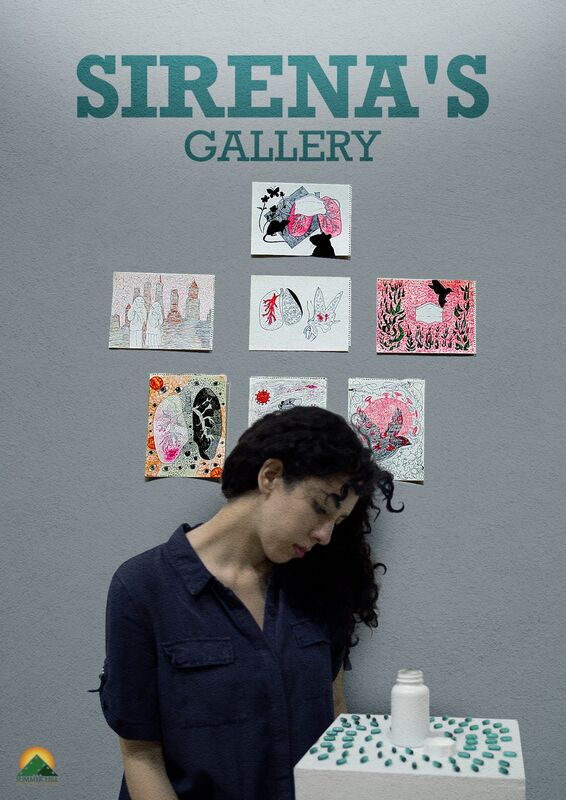|
The Breadcrumbs widget will appear here on the published site.
By Alex CarriganIn his latest poetry collection, Dustin Pickering’s The Stone and the Square seeks to find connections in the darkness of winter, while also examining what emerges when the heat brings new relationships out of the melting snow. The collection has three sections, each exploring a different aspect of this idea and expanding on the ideas of the previous sections. The poems of Pickering’s collection are all very short, as no poem exceeds a single page and some are as short as three stanzas, making this a collection of poetic bursts, and each section demonstrates what emerges from each burst as Pickering writes about a variety of subjects. The first section, It’s Cold Outside, was written during the Great Freeze of Texas 2021, during which Pickering “used [his phone’s] light to write poems under [his] blanket, where [his] breath kept him warm as temperatures plummeted.” The pieces in this section do feel like the feverish thoughts that pass through one’s mind as they curl inwards under several layers in an attempt to stave off cold and boredom. However, in Pickering’s poetry, these abstract pieces, while at times somewhat difficult to understand, aim to show how the desire for warmth is also the desire for human connection. In pieces like “night craving,” Pickering writes about this desire with stanzas like “lovemaking is like fire in the wind- / storms of fear and fragility / fall from my skin. / into your eyes i [sic] lay weeping.” Throughout the section, a lyrical cabin fever seems to be setting in, such as in “beyond reason” when Pickering writes “what is day when twilight / is so deep?’ or in “pain and pleasure” with “pleasure multiplies in darkness -- / seeking stones or silence.” There is a coldness to this section, and while it may come off as a descent, the language and vividness of the imagery seeks to keep the light on as long as possible. The second section, the titular The Stone and the Square, rips the blanket off and shows the people who inhabit the home. If the previous section was about the desire for warmth and connection, this section is about what happens when it’s obtained. The poems in this section, while as long as the ones in the previous, are denser and more anecdotal. We see the progression of the building of a “house,” both literal and figurative, as the narrator and their partner look at what is erected by their union. This section begins with the foundation of this relationship (“your mind is my stone; / my body is your square / together we form isolated currents / in the thinly wrought air” [“building a home”]). The pieces begin with examinations of the body, the first thing the narrator and their partner can observe about one another, such as “fingertips” and in “the feast” with “Our bodies consume the flame: / an animal of fear and faith / a furnace of Creation / the grandeur of which contemplates.” Towards the end of the section, the pieces begin to shift to more natural spaces, with the final three poems all referencing different flowers, and each breaking beyond the house and looking into what’s beyond. The final section of the book, Witch Hazel, is a chapbook-length poem that reads like an expansion of the themes and motifs of the two previous sections. Structurally, the individual parts of Witch Hazel start as small, vivid pieces, but become denser and more detailed as the piece progresses. Many of the terms and symbols of past sections return, such as verses tracing the body of the narrator’s partner and references to the cold isolation of winter. If anything, this section feels like an attempt to bridge and strengthen the two previous sections, but in a way that presents something more lyrical and existential in the process. The Stone and the Square is like sitting in a dark room with a single candle for light: while it may be hard to make out anything around you, there is always something that can be gleamed from staring at the flame. Rather than being too obtuse and surreal for readers to enjoy, Pickering’s work touches on the loneliness from cold winter nights and the desire to break through that iciness to form bonds and thaw something out. The home may not be strong enough to keep the cold out entirely, but it keeps those inside close and warm until dawn, and this text presents the blueprints to stave the chill out.
0 Comments
CommentsYour comment will be posted after it is approved.
Leave a Reply. |
AuthorWrite something about yourself. No need to be fancy, just an overview. Archives
March 2024
Categories
All
|



 RSS Feed
RSS Feed






